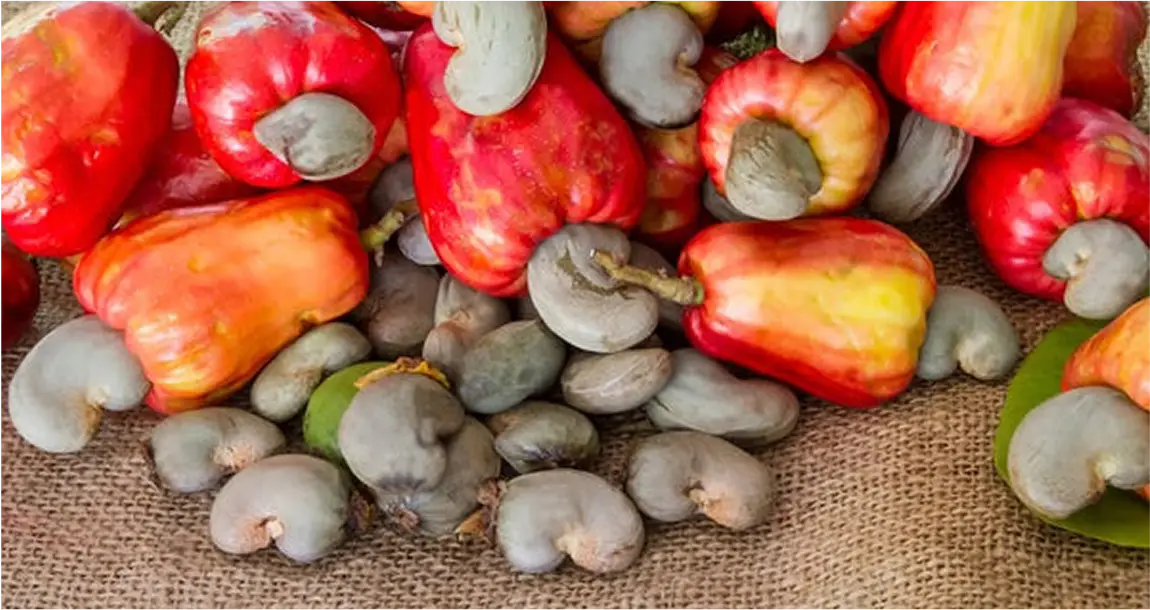Summary
Cashew industry is undergoing significant transformation with African nations implementing strategic policies to develop their local processing capabilities. India, traditionally the dominant force in the cashew sector, is now facing challenges to maintain its position. This article explores the changing dynamics of the global cashew trade, policy shifts in African nations, and India's strategies to regain its competitive edge in this valuable agri-commodity market.
The Shifting Balance of Power in Global Cashew Trade
The global cashew nut industry is experiencing unprecedented change. While countries in Africa are increasing their production capacity and implementing policies to capture more value from their raw cashew nuts (RCN), India—historically the number one consumer, producer, and processor—is finding its dominance challenged. The traditional power dynamics that allowed India to control the global cashew trade are rapidly evolving.
African Nations' Strategic Policy Shifts
Several African nations have implemented protective measures to develop their domestic processing industry:
- Ivory Coast, the world's largest raw cashew producer, has extended its export prohibition window from 30 to 45 days at the beginning of the harvest season, giving local processors exclusive buying rights during this critical period.
- Benin officially banned raw cashew exports in 2024, though enforcement challenges have led to smuggling through neighboring countries like Togo.
- Tanzania and Nigeria have also implemented various export restrictions to promote local value addition.
These policy interventions aim to build processing capacity within Africa rather than exporting raw materials for processing elsewhere—a significant shift from the historical pattern where India controlled the value chain.
Challenges Facing Indian Cashew Industry
India's cashew sector is confronting multiple headwinds:
- Premium prices for African raw cashew imports due to export restrictions
- Fierce competition from Vietnam, which has secured preferential access to Cambodia's cashew production
- Higher production costs compared to competitors, partly due to domestic government policies
- Reduced control over global supply chains as African nations develop their processing capabilities
While Indian companies like Olam, ETG, and El Dorado have adapted by establishing processing facilities in Africa, the broader Indian cashew industry must navigate this new competitive landscape.
India's Strategic Response
Recognizing these challenges, India's cashew sector is developing strategies to regain its competitive edge:
- Expanding domestic cashew cultivation along India's extensive eastern and western coastlines, which offer ideal growing conditions
- Introducing high-yielding cashew varieties that comply with quarantine regulations
- Developing a 15-year plan to reduce dependence on imported raw materials
- Leveraging potential advantages from upcoming US tariff changes under the Trump administration
Market Outlook and Price Trends
Despite higher global production this year, cashew prices are unlikely to decrease significantly. The surge in Indian consumption continues to support prices, which have increased by 40-45% compared to the expected 25% growth. This demand-supply imbalance suggests sustained price pressure in the short term.
The Digital Infrastructure Gap
These market transformations highlight critical gaps in the traditional commodities trading infrastructure:
- Real-time corridor-level intelligence is essential for identifying arbitrage opportunities
- Risk models require continuous recalibration to adapt to rapidly changing market conditions
- Contract generation, hedging strategies, and execution processes need technology-native workflows
Conclusion
The global cashew industry's transformation represents both challenges and opportunities for stakeholders across the value chain. For India to reclaim its dominant position, it must invest in domestic production, embrace technological innovation, and adapt to the new competitive landscape shaped by Africa's growing influence. Digital platforms like Hectar are becoming increasingly essential, offering real-time market intelligence and streamlined trading solutions that enable traders to navigate uncertainty confidently. As the cashew sector continues to evolve, those who leverage advanced digital tools for market analysis, risk management, and trade execution will be best positioned to thrive in this dynamic environment.
